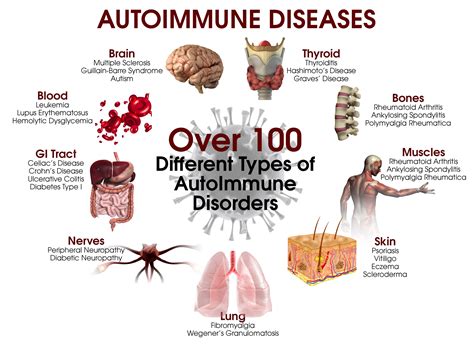Rheumatoid arthritis (RA) is a type of autoimmune disease where the body mistakenly attacks healthy joint tissue. There are two main types of RA: seropositive and seronegative. Those with seropositive RA test positive for rheumatoid factor (an antibody) and/or anti-cyclic citrullinated peptide (anti-CCP). In contrast, those with seronegative RA lack these indicators. Common symptoms of rheumatoid arthritis include pain or aching in multiple joints, stiffness in more than one joint, and swelling.
Autoimmune arthritis is not limited to RA alone. There are various types, such as ankylosing spondyloarthritis, axial spondyloarthritis, reactive arthritis, PsA (Psoriatic Arthritis), and enteropathic arthritis. Another type, juvenile arthritis, primarily affects children and can lead to symptoms like eye inflammation, dry or itchy eyes, eye discharge, fever, anemia, and chest pain when breathing (known as pleurisy).

It’s essential to note that more than 23.5 million people suffer from autoimmune diseases and arthritis. Furthermore, arthritis is a broad term that encompasses many conditions affecting the joints. While some forms of arthritis arise from natural wear and tear, others stem from autoimmune diseases or inflammatory conditions. Common signs and symptoms across different types of arthritis include pain, stiffness, swelling, and redness in the affected joints.
For more detailed information on autoimmune arthritis, you can refer to the following resources:
Verywell Health,
Medical News Today,
Healthline,
Arthritis Types by Healthline,
Mayo Clinic on Rheumatoid Arthritis,
Mayo Clinic on Arthritis, and
Cleveland Clinic’s Guide on Arthritis.


